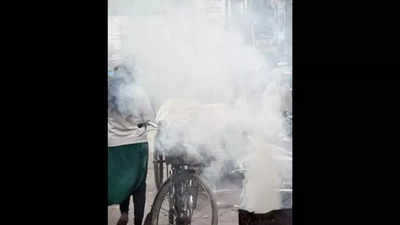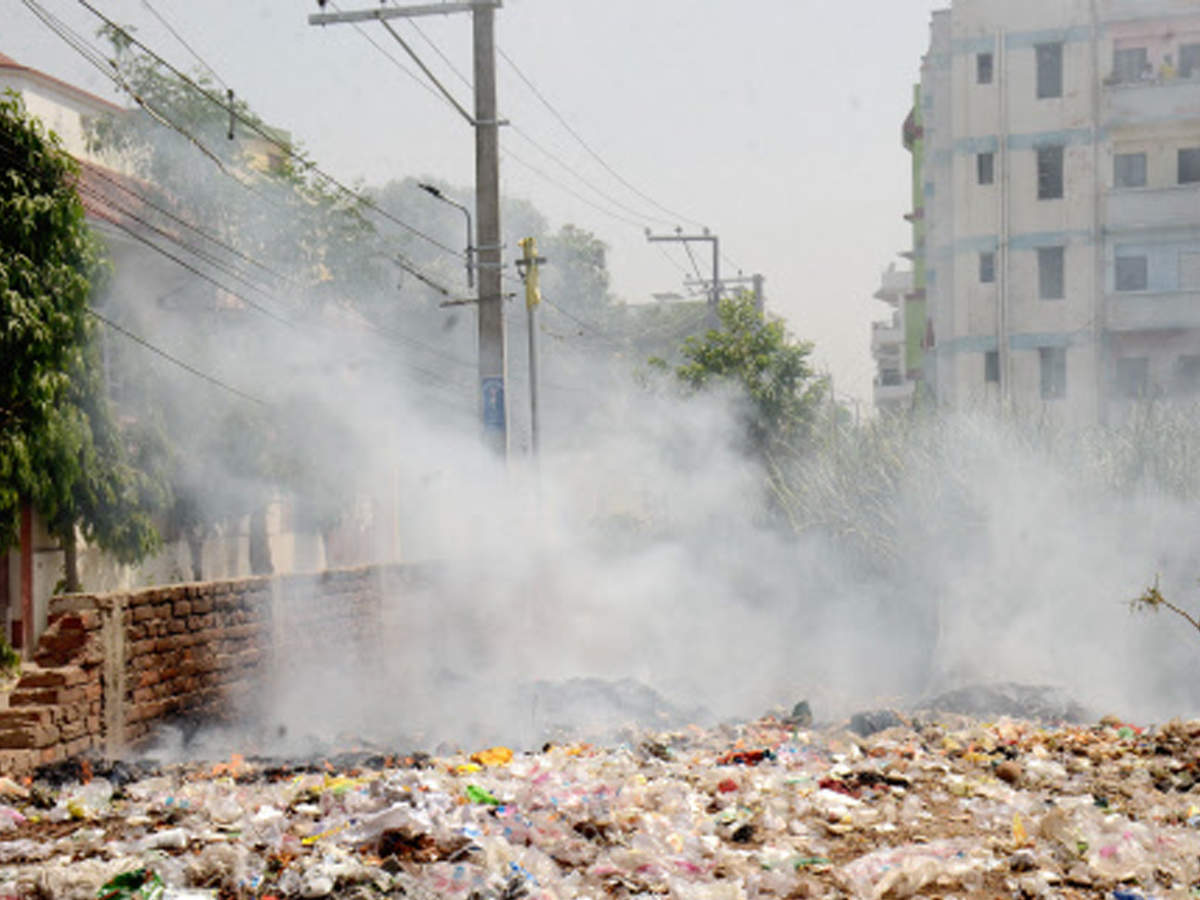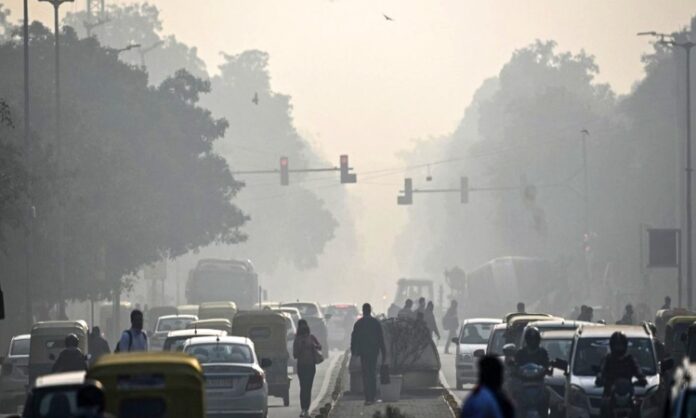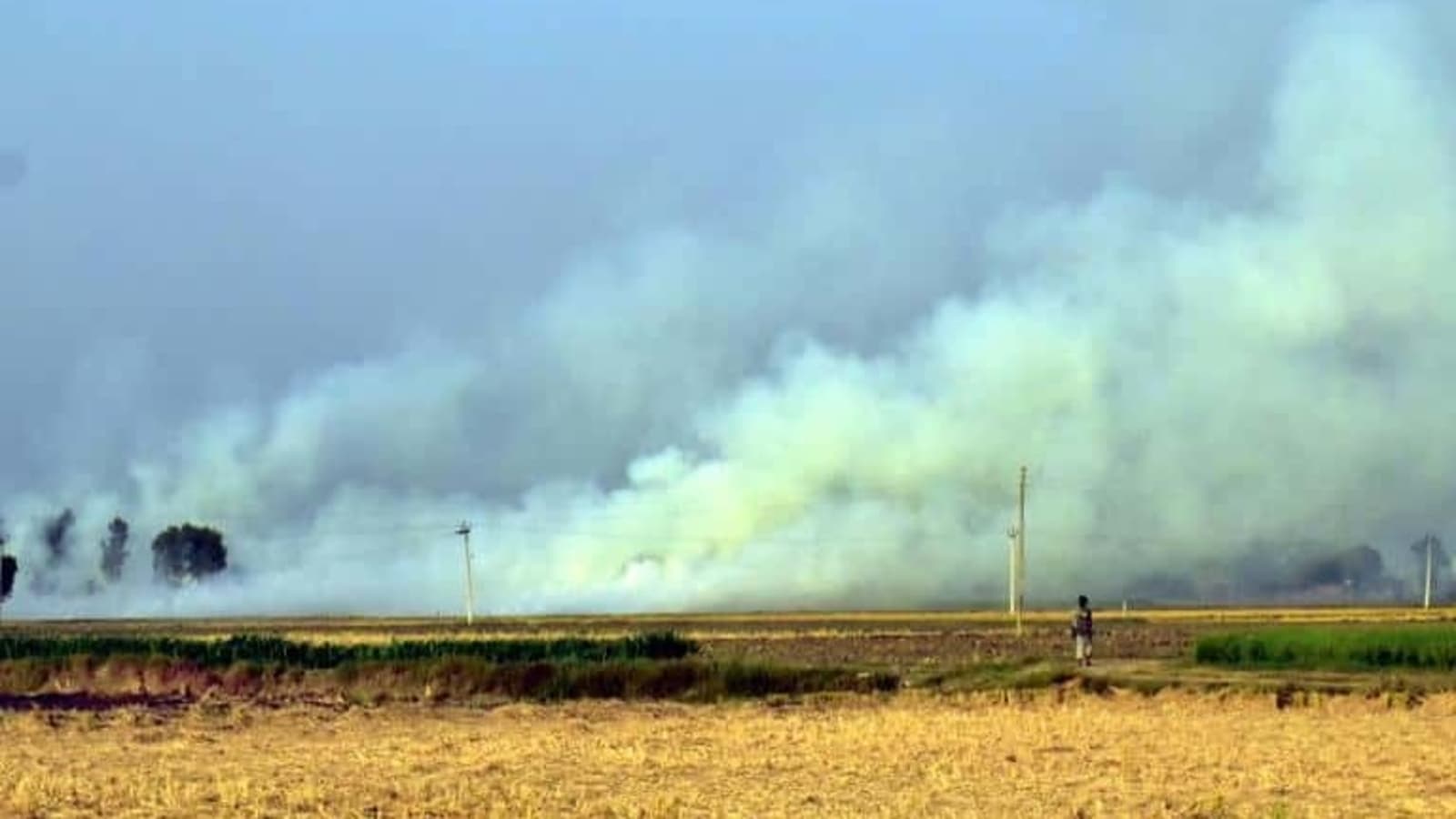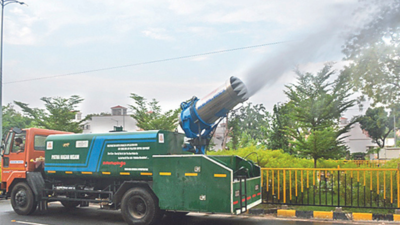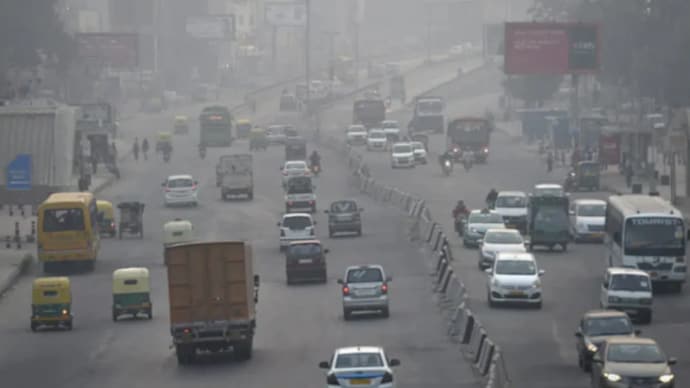
Problems
Causes of Air Pollution in Patna, India
Patna is the capital city of Bihar and is situated on the banks of the river Ganges in Eastern India. It is also very close to three other large river systems which not only make it make it unique but also the largest riverine city in the world. In November 2019, Patna was declared to be the most polluted city in Bihar with PM2.5 levels reaching a staggering 428 µg/m³. The reason behind this sharp unexpected rise is that, due to floods, straw from Paddy fields is being burnt in nearby areas which adds particles to the fog that is already present there which formed because of the governments’ construction works being carried out in the city. The State Pollution Control Board has complained to the local authorities about the burning of garbage and stubble in the fields. Their answer was that this trend needs to be suspended immediately with the cooperation of the Department of Agriculture, otherwise the situation will worsen. One of the more unusual reasons for the poor air quality is due to the river Ganges changing its course over the past two decades. Over this time, it has moved 4 kilometres away from the city, leaving large areas of dry sand which was once the river bed. This dry sand is picked up by the strong winds blowing in from the Himalayas and depositing it across the city. This situation is compounded by a large amount of traffic on the roads which churns up the dust after it has settled and sends it airborne once more. The mining of sand has been stopped but the transportation of it on open lorries continues unchecked. The construction industry needs to be encouraged to shield the spread of dust into the environment and spray the ground with water to stop the dust rising up. These regulations are seldom adhered to for any notable length of time.
Health effects of air pollution in Patna
A “very poor” AQI essentially means that people may suffer respiratory illnesses on prolonged exposure to such air and it may have more pronounced effect in people with lung and heart diseases. An AQI between zero and 50 is considered “good”, 51 and 100 “satisfactory”, 101 and 200 “moderate”, 201 and 300 “poor”, 301 and 400 “very poor”, and 401 and 500 “severe”.
Gallery
9Timelines
2023
October
The concentration of the main pollutant air PM2.5 in Patna is currently 13.1 times the WHO annual air quality guideline value. Air pollution level - Unhealthy. Air pollution in the state capital worsened as the monsoon began its retreat from the state. The AQI usually sees a marked improvement during the rainy season as rainfallwashes away pollutants from the air and winds lead to a dispersal of pollutants. But, a reduction in both rain and winds has led to a worsening of air quality. To curb air pollution before the winter, the Bihar State Pollution Control Board (BSPCB) has sent notices to 11 factories located in the Patliputra Industrial Estate in Patna where furnace oil or coal is used as fuel. Coal burning is a major contributor to the increase of PM 2.5 in the air. The BSPCB has a graded response system to deal with the expected increase in air pollution during the winter. Suggestions have also been made to the district administration to construct artificial ponds for the immersion of idols during Durga Puja to avoid polluting natural water bodies.
January
The Supreme Court of Patna has directed the Bihar State Pollution Control Board (BSPCB) to file a detailed written report within three weeks on the state of air pollution in 12 cities in Bihar and the steps taken to verify it. Air pollution levels are on the rise in Patna. Patna's air quality index (AQI) rose to 373. Of the six observation stations in the city, Samanpura is the most polluted, with levels of pollution reaching alarming levels. AQI 441 was registered in Samanpur. In the Rajvanshi Nagar area, the AQI was 388, the Muradpur pollution level was 341. The AQI near the Indira Gandhi Planetarium on the Nehru Path was 347 and near the DRM office in Danapur, 373. The main cause of air pollution in the area is PM 2.5 and PM 10. These are microscopic dust particles present in the air. Due to the climate of Patna and the construction work going on in the city, the amount of dust particles in the air has increased for some time. To stop this, the Municipal Corporation has taken many measures, but they are not of much use. The air in Patna is still categorized as very bad or dangerous. According to doctors, this type of air can cause disease in a healthy person. At the same time, this air pollution increases people's problems with respiratory diseases.
2022
The AQI in various cities of Bihar is worsening. Patna's AQI improved to 247, a slight decrease from the 300 mark recorded the previous day. The people have been witnessing AQI levels above the 300 mark for the last week. Ashok Ghosh, the chairman of BSPCB, said: "The deterioration of air quality in various cities is due to rampant construction. Besides, cities like Patna are located on the banks of the Ganga river. The sand on the bank of the Ganga river mixed in the air is leading to an increase in Particulate Matter 2.5 (PM 2.5) and Particulate Matter 10 (PM 10) and deterioration of air quality." In Patna, leaders have started using face masks during public events or travelling on the roads. AQI from 0 to 50 is considered as good, from 51 to 100 is considered as moderate, from 101 to 150 is considered as unhealthy for sensitive group, from 151 to 200 is considered as unhealthy for all groups, from 201 to 300 is considered as very unhealthy and from 301 to 500 hazardous for human health.
2021
The city continued to witness “very poor” air quality with rise in pollutants like particulate matter (PM)10 and PM2.5 in the air. The air quality index (AQI) level of Patna stood at 301 due to calm wind, haze and other meteorological conditions which are unfavourable for dispersion of pollutants in the air. As per the Central Pollution Control Board (CPCB) bulletin, the overall AQI of 301 for Patna was the average of AQI level at DRM office-Khagaul (363), Eco Park (356), BIT-Mesra, Patna (350), Planetarium (347), S K Memorial Hall (281) and Patna City (108). Ankita Jyoti, senior programme officer at Centre for Environment and Energy Development, said the minimum temperature has declined by few notches in Patna, leading to rise in air pollution. “Low temperature and moisture in the air trap pollutants close to the surface. Seasonal sources of pollution, such as farm fires and bonfires also lead to rise in temperature. Besides, other human-made activities lead to smog,” she added. 98 farmers were caught for stubble burning in Patna during a raid by the district officials. So far, 100 farmers have been caught for stubble burning in the district this year. Naveen Kumar, an environment scientist and analyst at Bihar State Pollution Control Board (BSPCB), said several contributory sources were responsible for rise in air pollution in the region, including sudden drop in temperature, low wind velocity, and formation of thermal inversion condition which trapped the pollutants in the air.
Patna's air quality remains in the 'very poor' category for the fifth consecutive day. The air quality index (AQI) further deteriorated from 342 to 353 in the last 24 hours on Monday. According to a report by the Central Pollution Control Board (CPCB), Patna was among the 12 most polluted cities in India. The list includes many polluted cities in Bihar such as Motihari with an air quality index (AQI) of 398, Sasaram (390), Sivan (385), Rajgir (360) and Darbhanga (356). According to the Times of India (TOI) report, the average concentration of PM (particulate matter) 2.5 and PM 10 was 411 which is categorized as "heavy" and 385 which is categorized as "very bad". , respectively. According to the report, Bihar State Pollution Control Board (BSPCB) Environmental Scientist and Analyst Advisor Naveen Kumar said, “During the winter season, AQI levels in Patna and neighboring areas remain high due to low wind speeds, which cause pollutant levels to substances linger on the surface of the earth. Pollution is more likely under conditions of temperature inversion in winter.”
2020
Towards the end of 2020 Patna experienced some extremely poor air quality with some days returning readings from the hazardous zone. The average PM2.5 measurement for 2019 was 82.1 µg/m³. Which was an improvement on the 2018 and 2017 figures which were 119.7 µg/m³ and 118.5 µg/m³ respectively. For just 2 months in 2019 Patna experienced “Moderate “air quality with figures in the low 30s. Four of the remaining months put it in the “Unhealthy” category with figures between 55.5 and 150 µg/m³. During November, December and January the air quality was recorded as being in the “Very unhealthy” bracket with figures of between 150.5 to 250.4 µg/m³. The remaining three months recorded levels put Patna in the “Unhealthy for sensitive groups” category. These quoted figures are a direct indication of the air quality index with figures recommended by the World Health Organisation (WHO).
